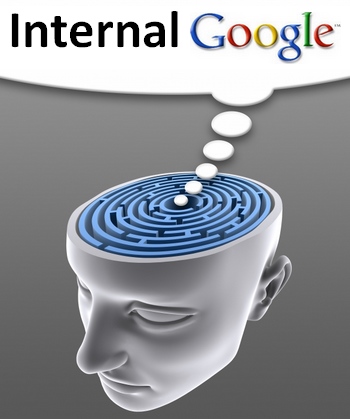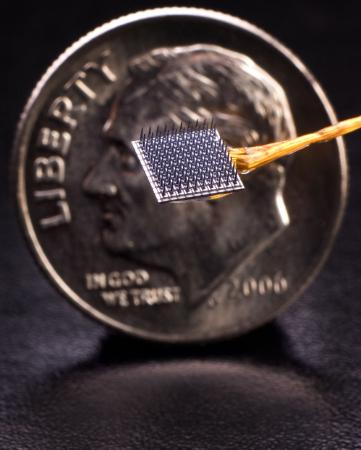From USATODAY.com
 |
| Image source: USA Today |
Well-designed interfaces can open the world to people.
"The 18-year-old is a quadriplegic with multiple disabilities that make speech and muscle control extremely difficult. He interacts through eye gaze or by tapping his head against a switch on a communication device to spell out words.
But on a recent afternoon at the Lehmann Center, a special-needs school in Lakewood, N.J., Leuck was able to make music. With some effort, he slid his knuckles lightly over the digital image of a guitar on an iPad screen. The touches produced a series of acoustic-style chords from the iPad — and a big grin from Leuck."

























